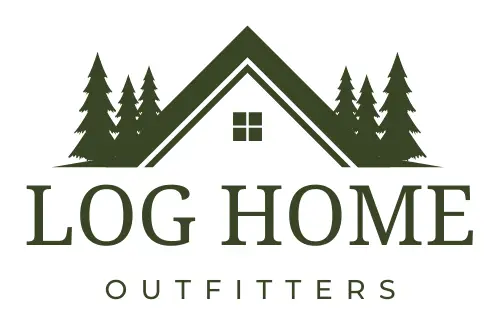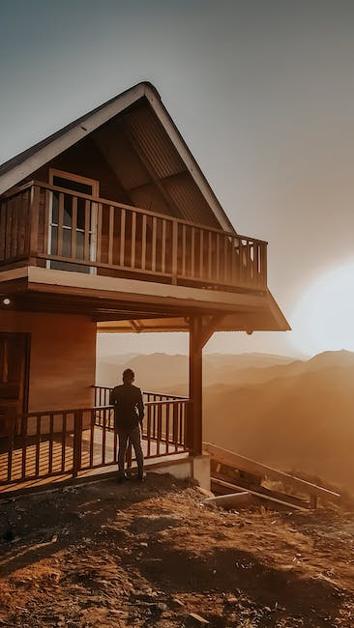Everyone seems to love a secret — and when the secret is a nook in your outdoor space, all the better. A nook is defined as a private or secluded quiet inner place. Any outside space, from a balcony to an acre estate can benefit from including a nook. Here are points to consider:
Purpose
It doesn’t make any sense to set up a secluded garden reading bench if you never have the time to pick up a book. But maybe you’d like to spend 15 minutes in the morning over coffee with your partner, or want to have a quiet spot for conversing with a special friend. Or maybe your nook will be an intimate dining space for four. Consider what you really want to do with your outside space and then make your nook available for that. Otherwise, you’ll end up with a space that’s lovely to look at but seldom used.
Mystery
Much of the charm of a nook is the secrecy of the space. To achieve this, hide the furnishings at least partially from view. In a garden you might do this with a fence, the wall of an outbuilding or a hedge. On a porch or balcony, consider using fabric panels or drapes, pots and planters or a decorative screen. Lattice screening is especially appropriate to create a nook area on a deck. If your space is small, consider keeping the height of any dividers under 4 ft. That will allow for a feeling of privacy in the nook, yet not completely cut off the visual flow of the space.
Boundaries
Hiding the furnishings from view may also help with another design principle that should be applied in your nook — defining the boundaries of that space. A nook is often closed in on three sides by walls, plantings, trees, arbors, fences and so on.
You can also define the nook’s space by changing the flooring in that area. This might mean a few flagstones in the grass; a different color of stain (or a painted faux rug) on the deck; or a scatter mat on a protected balcony or porch. Consider, too, the ceiling. A leafy bough overhead, a pergola or a ring of mosquito netting can all serve as a roof for the area.
It’s not necessary to have three walls, and a delineated floor and a roof, but at least some of these elements will help define the nook and create the cozy feel of a hideaway. A well-defined point of entry also adds to the welcoming effect.
Comfort
What furnishings your nook will hold depends on your use for it. But whether it’s a reading chair, a conversation bench or a small dining table, be sure the furniture is comfortable to use. Seating should support you properly and tables should be the proper height for relaxing dining. Side tables for coffee or books should be easily accessible. If you’ll be reading in the evening, you’ll want to consider lighting that is restful to your eyes. And have always have lots of cushions and pillows so you can sink into them
Finishing Touches
Try to include some greenery in your nook if it isn’t there naturally. It will add color, texture and luxury to the space. If you can, include a favorite piece of whimsy that personalizes your nook. Remember that, although the view looking into your nook is half the fun, the view looking out can add immeasurably to the pleasure of the time you spend there. Keep it in mind when you’re situating your space.
Use these principles and create a secret nook that will give unexpected delight to you and your guests alike.
ZZZZZZ

